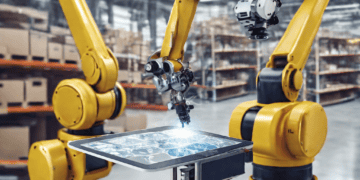In the contemporary landscape, companies grapple with labor shortages and escalating costs across diverse sectors. Robotics and automation emerge as viable solutions, offering tangible relief by amplifying productivity and optimizing the utilization of human resources within supply chains. While statistics indicate a nominal increase, approximately 5%, in the utilization of automation in U.S. warehouses over the past few years, the current scenario of reduced workforce availability and heightened expenses increasingly underscores the compelling rationale for integrating these technologies.
Enhancing Human Workforce Efficiency
In sizable non-automated facilities, workers often spend about 30% of their time traversing the warehouse for various tasks within spaces as vast as one million square feet. Streamlining employee transit not only augments productivity and service levels but also generates cost savings. By curtailing or eliminating travel time, employees can channel their efforts toward more intricate tasks, thereby optimizing human capital utilization.
This optimization holds particular significance in industries reliant on rapid logistics, such as retail, healthcare, and high tech, where the integration of robotics and automation distinctly enhances value. In these sectors, warehouse operations frequently entail collecting multiple items for packaging and delivery to storefronts, hospitals, or end-users. Robots adeptly handle individual item picking, executing what’s known as a “goods-to-person” application. Subsequently, team members undertake the fulfillment process. This combination of robotic and human labor streamlines the overall logistics strategy.
Additionally, robots sometimes accompany human pickers to deliver selected items, effectively reducing employee travel time within warehouse confines. Studies reveal that these applications contribute to an 80% to 100% enhancement in employee productivity.
Cross-Industry Automation Integration
For retailers, automation supported by information systems mitigates challenges in moving goods through supply chains hampered by labor shortages. Robots efficiently unload containers, assemble and wrap pallets, transfer inventory onto conveyors, and in advanced logistics centers, even place pallets in their designated locations. On the outbound side, robotics and automation facilitate inventory replenishment by assembling new multi-SKU pallets tailored to individual store requirements.
Healthcare and high-tech sectors encounter analogous challenges. Hospitals often require supplies in large quantities but prefer small, frequent shipments to conserve storage space, delivered to specific wards or doctors over a few days. Highly automated warehouses, utilizing robots, pick towers, and pick-to-light technology, ensure a steady flow of these necessary supplies, optimizing efficiency and minimizing expenses.
In high-tech order fulfillment, assembling cartons based on “each-level” picks demands picking and packing different items like printers, ink, and paper into a single parcel for shipment. Robots primarily handle picking while human employees manage packing and shipping.
AI Revolutionizing Operations
Scanning forms a crucial aspect of how automation enhances logistical efficiencies. Barcode scanning enables systems to track items entering and leaving logistics centers, offering unparalleled visibility. Leveraging artificial intelligence and business intelligence systems with this data aids in predicting demand, understanding customer trends, and optimizing operations to bolster logistics velocity while reducing costs and boosting profits.
Wearable tech integration in logistics further enhances operations. Smart glasses facilitate automatic item scanning by simply directing a worker’s gaze at a barcode, improving inventory tracking. Other wearables streamline communication among warehouse workers, management, and technological platforms, enabling real-time task updates without necessitating a return to a central command center.
Automation contributes to safety in warehouse operations. Drones conduct inventory cycle counts in multi-level rack facilities, replacing manual counting that poses risks for employees climbing racks. Additionally, robotics minimizes physically taxing activities, reducing work-related injuries.
Recent innovations extend to transportation between logistics centers. Systems offering visibility into truck locations and progress as they enter and exit warehouses are beginning to synchronize supply chains comprehensively.
Acknowledging the significant capital investments involved, it’s crucial to evaluate each case’s value proposition. While the return on investment may take several years, successful integration yields improvements in on-time performance, efficient labor planning, faster order-to-cash cycles, and substantial productivity enhancements.
The cumulative advantages underscore the compelling rationale for incorporating automation and robotics within logistics operations. Despite initial worker apprehensions, many now recognize the reliability robots offer: they remain consistently available, eliminating sick days and consistently meeting operational demands.
Adopting Automation for Transformative Benefits
The adoption of automation and robotics demands a strategic approach considering the capital investment and the time required for a return on investment. However, the numerous benefits that stem from their integration into logistics operations often outweigh these initial considerations. Companies embracing these technologies witness marked improvements in various facets of their supply chain operations.
Enhanced Operational Efficiency: Automation optimizes workflow, reducing redundant tasks and minimizing operational bottlenecks. With streamlined processes, businesses experience heightened efficiency and a smoother flow of goods through the supply chain. This efficiency contributes significantly to meeting customer demands promptly and maintaining a competitive edge in the market.
Improved Accuracy and Quality Control: Robotics and automation systems are designed for precision and accuracy in handling tasks, leading to a reduction in errors and enhancing quality control. In logistics, this translates to fewer discrepancies in inventory, decreased instances of mislabeling, and overall improved order accuracy, thereby bolstering customer satisfaction.
Strategic Resource Allocation: By freeing up human resources from repetitive and time-consuming tasks, companies can strategically allocate their workforce to more value-added activities. Employees can focus on tasks requiring critical thinking, problem-solving, and creativity, thereby maximizing their potential contributions to the company’s success.
Adaptability to Industry Trends: The integration of automation and robotics enables businesses to stay attuned to evolving industry trends. With data-driven insights obtained through these technologies, companies can swiftly adapt their strategies to meet changing consumer preferences, market demands, and supply chain dynamics.
Environmental Sustainability: Automation can contribute to environmental sustainability by optimizing energy consumption and reducing waste. By streamlining processes and improving resource utilization, companies can minimize their ecological footprint, aligning their operations with environmentally conscious practices.
Challenges and Considerations
Despite the manifold benefits, the adoption of automation and robotics also poses challenges and considerations for businesses:
Initial Investment and ROI: The upfront costs associated with implementing these technologies can be substantial. Companies need to carefully evaluate the long-term benefits against the initial capital investment to ensure a viable return on investment.
Workforce Transition: Integrating automation might necessitate reskilling or upskilling the existing workforce to operate and manage these technologies effectively. Companies must devise strategies to navigate this transition phase seamlessly.
Technology Integration and Compatibility: Ensuring seamless integration of automation systems with existing technology infrastructure can be complex. Compatibility issues and technological barriers may require careful planning and implementation.
Regulatory and Ethical Considerations: Compliance with regulations concerning workplace safety, data privacy, and ethical use of technology becomes crucial. Companies must navigate these legal and ethical frameworks while deploying automation and robotics in their operations.
Conclusion
In an era marked by technological advancements and evolving market dynamics, the integration of automation and robotics emerges as a pivotal strategy to enhance efficiency, productivity, and competitiveness within supply chain operations. While challenges exist, the transformative potential of these technologies in optimizing processes, empowering the workforce, and meeting the demands of a dynamic market landscape underscores their undeniable value. A balanced approach that considers the strategic alignment of technology with business goals while addressing the associated challenges is essential for companies seeking to harness the full potential of automation and robotics within their supply chains.
Get the newest updates in supply chain logistics news on The Supply Chain Report. Visit ADAMftd.com for free international trade tools.
#AutomationInSupplyChain #RoboticsLogistics #TechDrivenEfficiency #AIInWarehousing #SupplyChainInnovation #FutureOfLogistics #OptimizedOperations #SmartWarehousing #LaborShortageSolutions #RoboticsAndAI #EfficientLogistics #SustainableSupplyChains #TechInWarehousing #WarehouseAutomation #ProductivityBoost

















